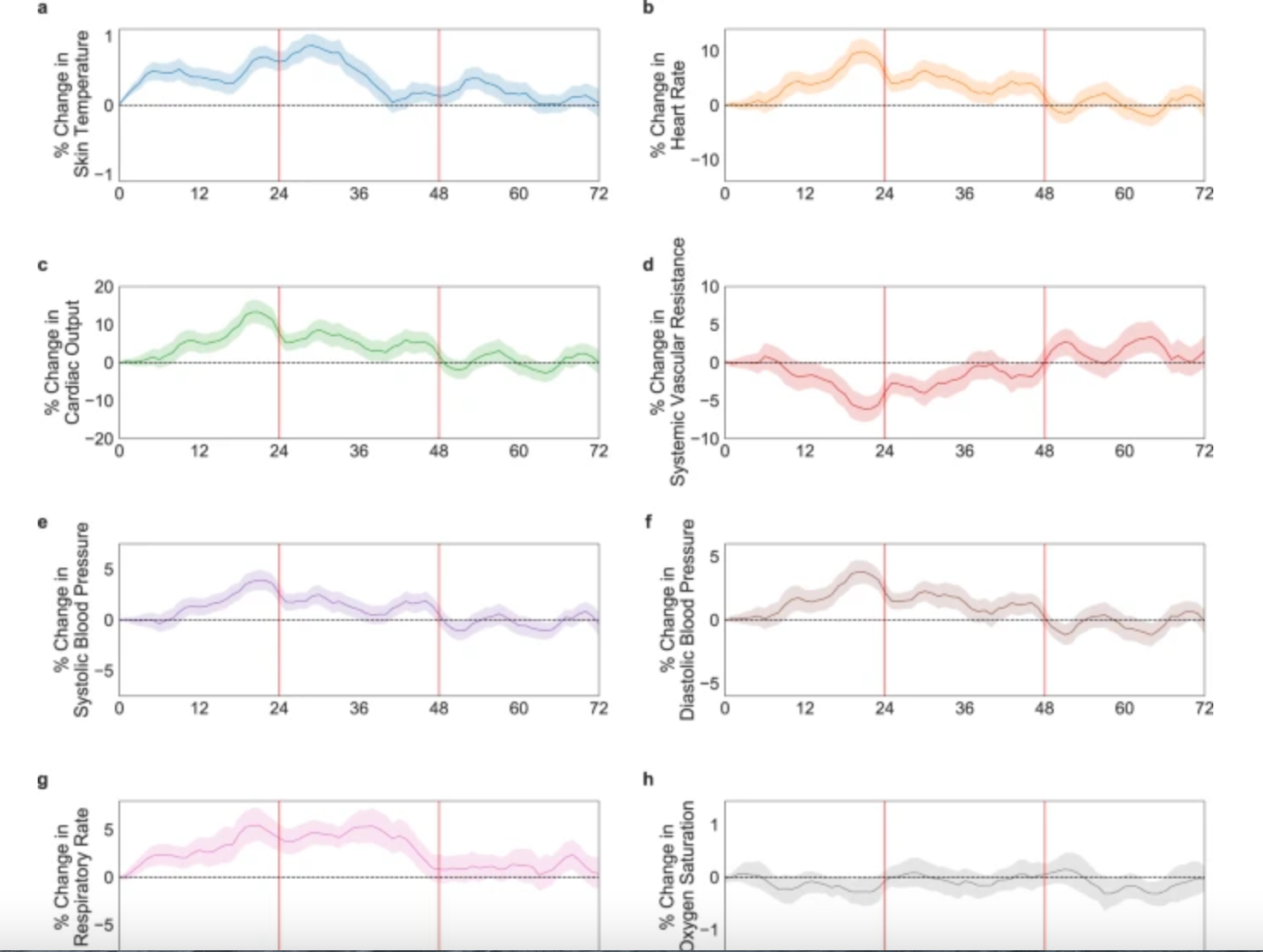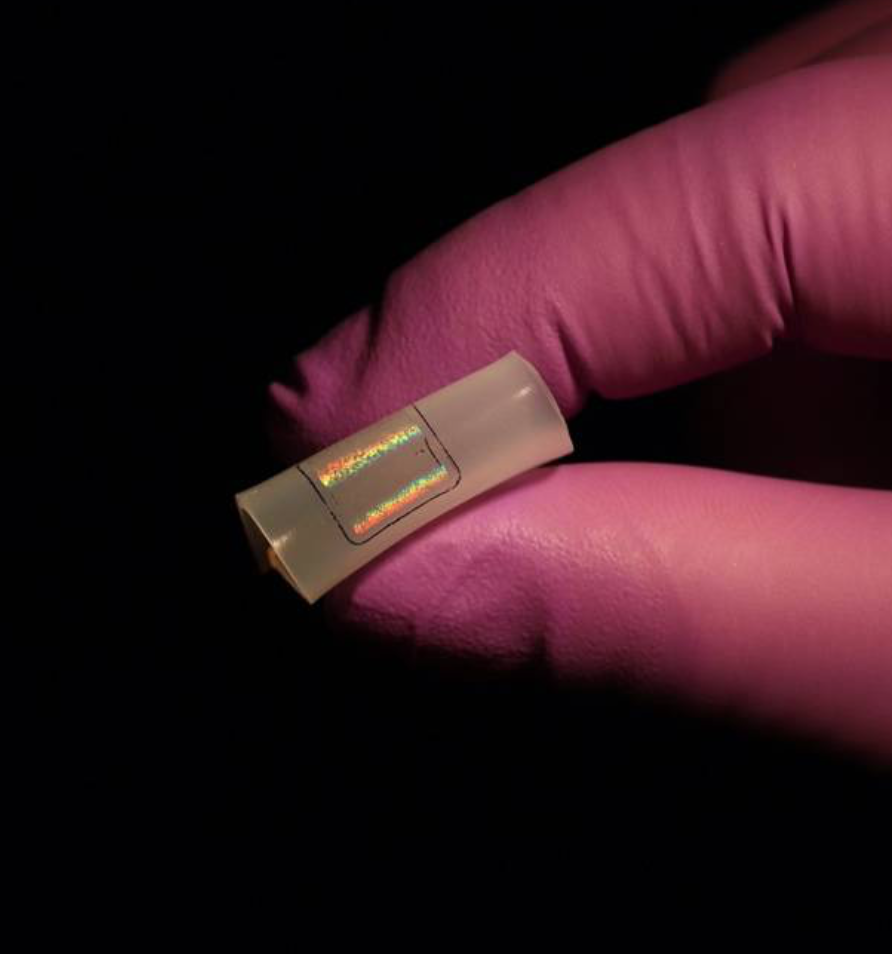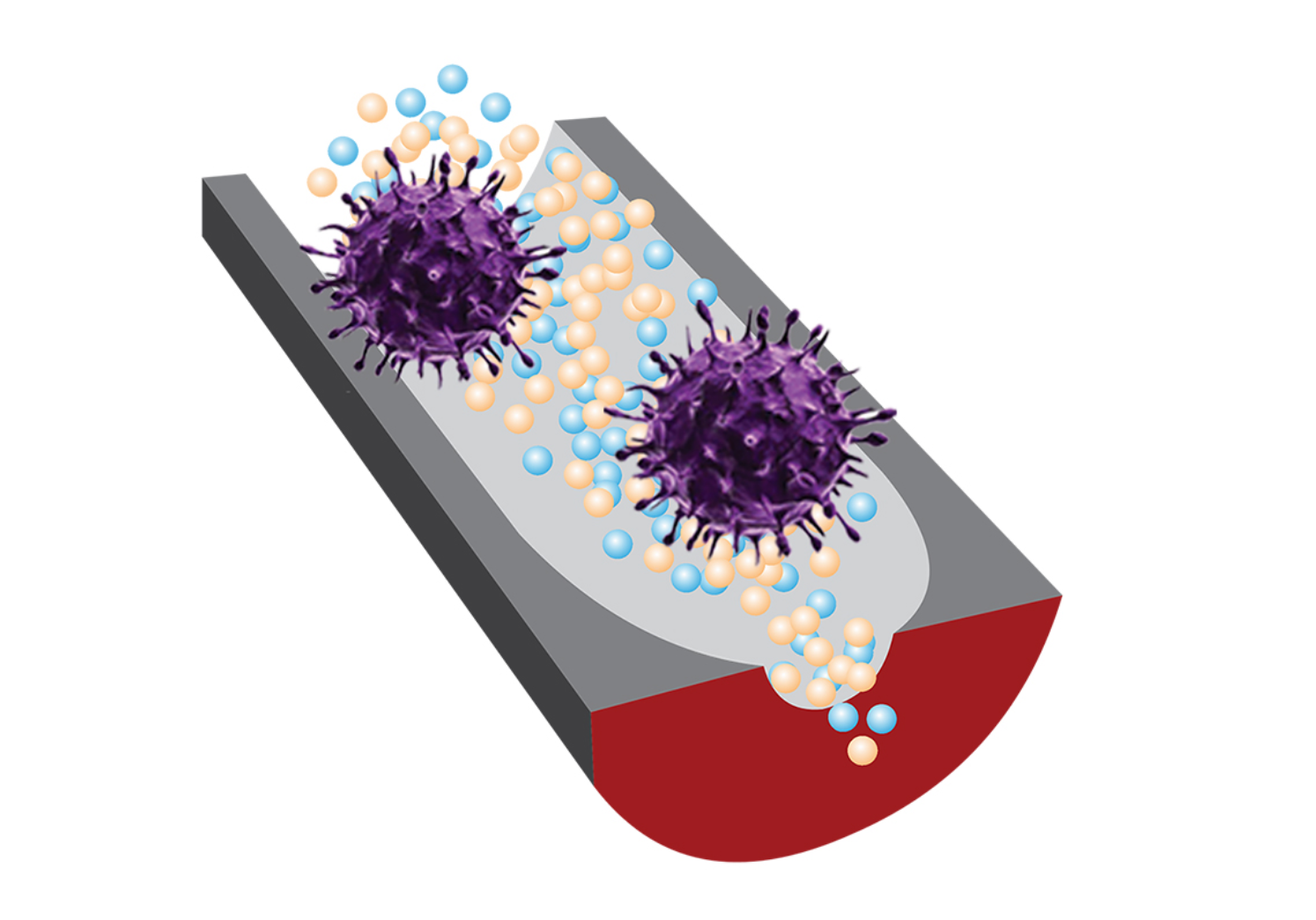Category: COVID 19
-

Chest sensor detects worsening asthma, respiratory disease
The RESP Sensor from Strados labs received FDA clearance for early, remote detection of lung acoustic and ventilation pattern changes to predict worsening respiratory disease. Lung sounds associated with asthma, COPD, heart failure and infectious diseases including COVID-19 are detected. Frequency of wheezing, coughing, shortness of breath, and respiratory dynamics including rate and excursion are…
-

Sensors monitor physiological variables post vaccine
Wearable sensors could improve clinical trials by enabling earlier identification of abnormal reactions. Currently, vaccine safety in clinical trials is primarily determined by participants’ subjective self-reporting. Dan Yamin, Yiftach Gepner, and Tel Aviv University colleagues used a chest patch sensor to monitor various health indicators in 160 participants, before and after receiving the Pfizer BioNTech…
-

Hopkins developed saliva sensor improves speed and accuracy of COVID detection
David Gracias and Ishan Barman at Johns Hopkins have developed a COVID 19 sensor which provides fast and accurate results using a drop of saliva placed on a device. No additional chemical modifications like molecular labeling or antibody functionalization are required, which could allow the sensor to be used in wearable devices. Current PCR tests…
-

DNA sensor detects whether virus is present and infectious, including COVID 19
Yi Lu and Benito Marinas at the University of Illinois and University of Texas have developed a sensor that detects both the presence of a virus and whether or not it is infectious, integrating purpose designed DNA fragments and nanopore sensing. They have already studied its potential with the adenovirus and COVID 19. Current PCR…